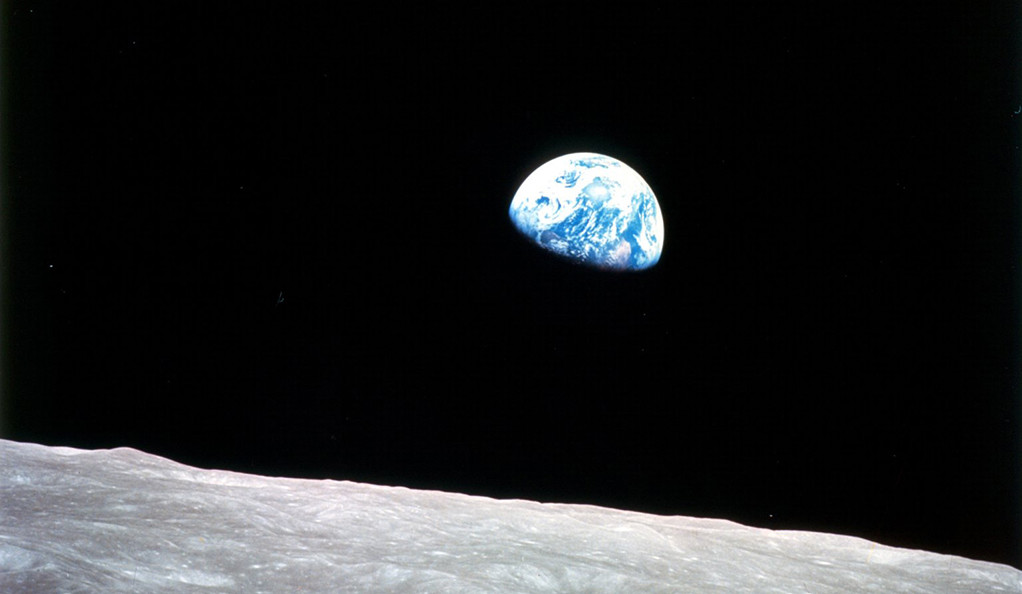-
Rethinking Planetary Climate Controls
August 17, 2018 / Written by: YaleNews
Terry Isson and Noah Planavsky provide a new framework for global climate regulation to explain Earth's warmer past climate. Image source: NASAScientists with the NASA Astrobiology Institute team based at UC Riverside have published a new paper providing explanation for why Earth’s early climate was more stable and warmer than it is today.
Excerpted from the story by Jim Shelton at YaleNews:
When life first evolved more than 3.5 billion years ago, Earth’s surface environment looked very different. The sun was much weaker, but Earth remained warm enough to keep liquid water at the surface. The researchers said this suggests that much higher carbon dioxide levels would have been needed to keep early Earth warm enough. But how did CO2 levels get so high in the early atmosphere?
Researchers Terry Isson and Noah Planavsky, in a study published in the journal Nature o provide a new framework for global climate regulation that explains this. While chemical weathering of rock has the ability to remove carbon from the atmosphere, the reverse of this process — reverse weathering — puts carbon back into the atmosphere, the researchers said.
Source: [Nature (via UC Riverside)]
- The NASA Astrobiology Institute Concludes Its 20-year Tenure
- Global Geomorphologic Map of Titan
- Molecular Cousins Discovered on Titan
- Interdisciplinary Consortia for Astrobiology Research (ICAR)
- The NASA Astrobiology Science Forum Talks Now on YouTube
- The NASA Astrobiology Science Forum: The Origin, Evolution, Distribution and Future of Astrobiology
- Alternative Earths
- Drilling for Rock-Powered Life
- Imagining a Living Universe
- Workshops Without Walls: Astrovirology